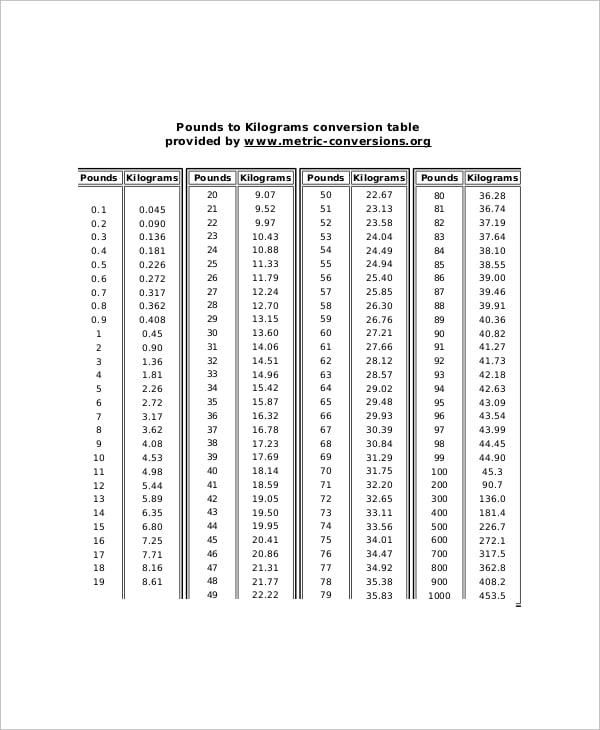

For more details on Curl, please read Curl Basics by Chuck Green The standard procedure for curl measurement are explained in TAPPI T 466 & T520 Dimensional Stability Cellulose fibers (main constituent of paper) swell in diameter from 15 to 20% from dry condition to saturation point. Moisture side releases the built in drying strains and the paper will curl towards the drier side. One side of the sheet may pick up more moisture than the other, the higher Moisture curl can develop when the paper sheet is being offset printed. Structural curl is causedīy two-sidedness in the sheet, that is a difference in the level of fines, fillers, fiber area density or fiber orientation through the sheet thickness.

One example of this is the curl in the sheet which forms near the centre of a roll. Mechanical curl develops when one side of the paper is There are three basic types of curl, mechanical curl, structural curl and moisture curl.

Printing, xerography and high precision converting processes. Paper curl has been a persistent quality issue and is increasingly important for paper grades being subjected to high speed Into the sheet during manufacture and subsequent use. It results from the release of stresses that are introduced To view density of various grades of paper go to Typical Thickness ValuesĬurl Paper curl can be defined as a systematic deviation of a sheet from a flat form. The standard procedure of measuring book bulk is laid out in The bulking number is definedĪs number of sheets required to bulk 25 mm or approximately 1". Book Bulk: Book bulk is defined as the overall thickness in mm of a given number of paper sheets. Printing papers particularly bible paper, dictionary paper etc. High bulk is desirable in absorbent papers while lower bulk is preferred for

Decrease in bulk or in other words increase inĭensity makes the sheet smoother, glossier, less opaque, darker, lower in strength etc. It is calculated from caliper and basis weight.īulk (cubic centimeter/g) = Thickness (mm)* 1000/ Basis Weight (g/m 2). It is the reciprocal of density (weight per unit volume). The standard procedure of measuring basis weight is laid out in TAPPI T 410, SCAN P6, DIN53104 & ISO: BSENISO536īulk and Density Bulk is another very important parameter of paper particularly for printers.īulk is a term used to indicate volume or thickness in relation to weight. Tighter the range, more efficient will be the machine operation. All paper machines are designed to manufacture paper in a given basis weight range. Papermaker always strive to get all desired properties of paper with minimum possible basis weight. For a given machine deckle and machine speed, the production rate perĭay in MT will be = Machine Deckle (m) * Machine Speed (m/min) * Basis Weight (g/M 2) * 1440/1000000. For papermaker basis weight is important from point of view of production When the basis weight is expressed as ream weight, it tells the buyers how many reams he/she getting for a given weight. if basis weight is 50 g/m2, for every 1 kg weight, the buyer gets 20 m 2. The basis weight is whatĭetermines, how much area the buyer gets for a given weight. Paper is sold by weight but the buyer is interested in area of paper. Pounds per ream (500 sheets) of a specific size. This can be expressed as the weight in grams per square meter (GSM or g/M 2), pounds per 1000 sq. Physical Properties Basis Weight or Grammage The basis weight, substance or grammage is obviously most fundamental property of paper and paperboard.


 0 kommentar(er)
0 kommentar(er)
